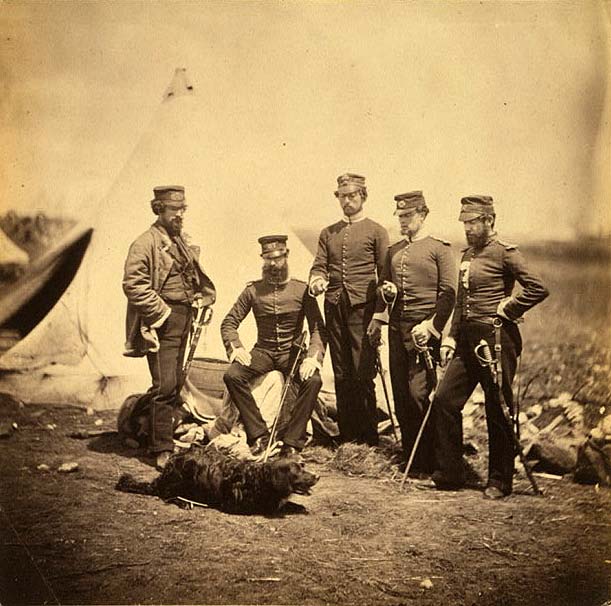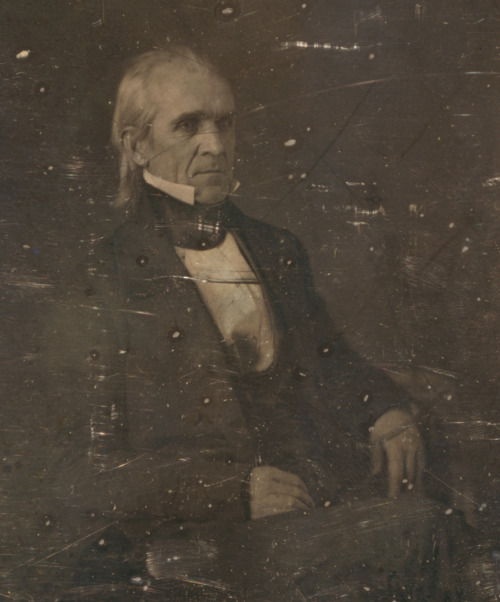UrbanRedneck
Banned
Photography took off in the late 1800's. The American Civil War was the first war covered by photographers and also has the notoriety of the first photos censored by the government.
Thing is photos dont lie. They show the dead as they are and they show leaders and ordinary people, not as caricatures that we see in drawings and paintings, but as real people. So Napaleon would be short. Kings and queens would be shown, not wearing crowns and sitting on thrones, but as ordinary people. We would have much more accurate pictures of what native americans looked like.
Well what if photography had come into use earlier, say the 1600's? I'm saying then because photography needed lenses for focus and I think that was about the time those were available.
Do you think earlier photography might have changed any world events?
Thing is photos dont lie. They show the dead as they are and they show leaders and ordinary people, not as caricatures that we see in drawings and paintings, but as real people. So Napaleon would be short. Kings and queens would be shown, not wearing crowns and sitting on thrones, but as ordinary people. We would have much more accurate pictures of what native americans looked like.
Well what if photography had come into use earlier, say the 1600's? I'm saying then because photography needed lenses for focus and I think that was about the time those were available.
Do you think earlier photography might have changed any world events?

